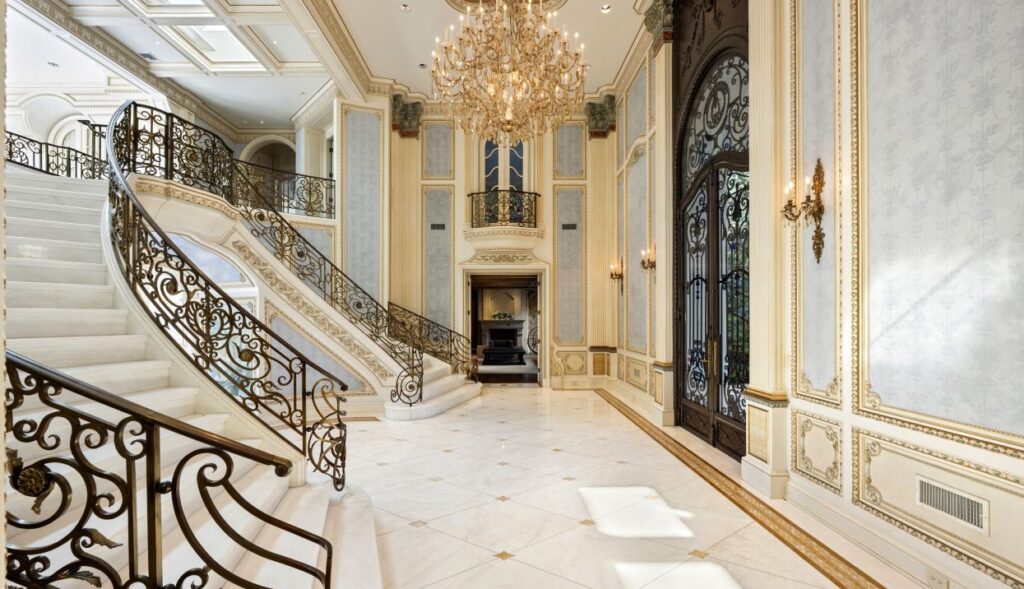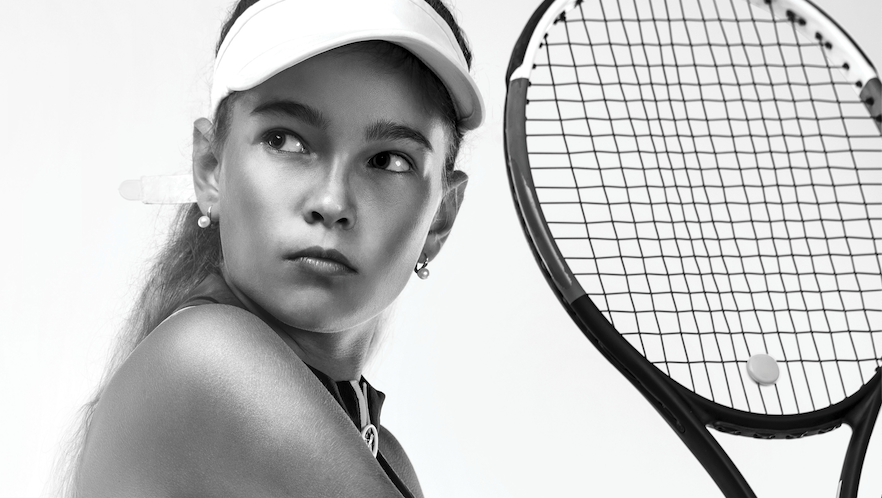The best restaurants in Lima Peru are catching the attention of elite travelers. While Machu Picchu, amongst other historical sites, continues to stand tall as a testament to the Inca civilization’s architectural and engineering brilliance in Peru, another sensory delight awaits. The country’s culinary scene has ascended to unprecedented heights, cementing Peru’s position as a world-renowned epicurean destination.
Avant Garde Peruvian chefs have orchestrated a symphony of flavors from across Peru – the Sacred Valley, Cusco, the Andean Highlands and the bountiful Pacific coastline. With a deft touch, these culinary artisans have skillfully harnessed Peru’s rich tapestry of traditional ingredients, mixing them harmoniously with international influences and preparation techniques. Peruvian gastronomy fuses influence spanning from Spanish and Italian flavors to the aesthetic allure of Japanese moritsuke and elegant plating. The result is an explosion of creativity celebrating the diversity of Peru.
At the forefront of this culinary transformation in Peru stands the Latin American icon, Chef Gastón Acurio. With unwavering vision, he sought to catapult Peru to the forefront of global travel experiences, harnessing the irresistible appeal of Peruvian cuisine as its driving force. Revered as a culinary ambassador, he has elevated Peru’s status as a world-class culinary destination, Gastón collaborated with his peers, igniting a wave of Peruvian pride among the next generation of chefs. His inspirational leadership encouraged them to creatively share their culinary heritage with the world.
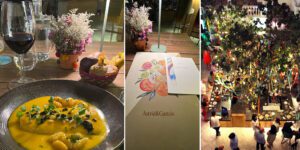
Did you know that Central in Lima is ranked #1 on the 2023 World’s 50 Best Restaurants List?
During my recent group trip to Lima, our journey was thoughtfully curated around exploring Peruvian cuisine, making food the focal point of our Peruvian journey. One of the highlights was experiencing the enchantment of Gastón Acurio’s renowned Astrid y Gastón restaurant. Ensconced within the walls of a majestic 17th-century former plantation house, this culinary gem exudes an air of elegance. With vaulted ceilings and minimalist decor, the restaurant features several spaces, including a Pisco bar, intimate dining rooms, a development eat-in kitchen, a delightful patio, and a garden with its own bar. At the restaurant’s entrance, a lush garden thrives, supplying the kitchen with fresh herbs and vegetables.
Seated in the garden bar beneath their signature tree that is lit all year round, we savored our cocktails and relished a continuous stream of delectable dishes. Every bite at Astrid y Gastón reaffirmed why this culinary haven consistently maintains its well-deserved spot on the prestigious World’s 50 Best Restaurants list.
So, does Peru hold up to Gastón Acurio’s vision making it worth the journey for a culinary adventure?
Absolutely. I can attest to it after indulging at renowned fine-dining establishments like Central, Maido, Astrid & Gaston, Sol y Luna, and Inkaterra in Machu Picchu.
Central, ranked #1 in the 2023 World’s 50 Best Restaurants, makes it one of the best restaurants in Lima Peru

Central, Lima: The brainchild of Chef Martínez along with his life partner Pia León, a dynamic husband-and-wife duo, share an unwavering passion for the Peruvian culinary landscape inspired by the nation’s diverse ecosystems.
Their journey involves forging connections with local producers, exploring lesser-known Peruvian ingredients (like 300 varieties of potatoes and 60 spies of corn!), experimenting and crafting a unique dining concept that navigates a spectrum of Peruvian altitudes.
Our 16-course meal took us on a journey to discover all of Peru itself- all in one night! From the rich water of the Pacific coast to the towering peaks of the Andes, each dish reflected its ingredient’s place of origin. One can say that dining at Central is a pleasurable adventure for the palate as it encounters new textures and flavors, offering a deeply immersive Peruvian experience.
Maido’s Peruvian-Japanese fusion restaurant ranked #6 on the 2023 World’s 50 Best Restaurants
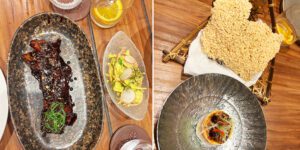
Another one of the best is Maido, Lima: A Nikkei restaurant, is the brainchild of head chef and owner Mitsuharu Tsumura. Chef Micha’s creations are a journey into the world of Nikkei cuisine, a fusion of Peruvian ingredients and Japanese techniques, inspired by Peru’s incredible biodiversity.
Nikkei style, as showcased at Maido, is a testament to Chef Tsumura’s passion for Peruvian ingredients and mastery of Japanese techniques. What’s less known is Peru’s deep-rooted history with Japan, dating back to the 1800s when Japanese migrants made their way to Latin America and this historical connection has had a significant influence at Maido and in nearly all fine dining eateries across Peru.
We were all passionate food connoisseurs, so instead of opting for the traditional multi-course Nikkei experience, we decided to explore the Omakase style. This culinary adventure involves giving the chef the independence to surprise us with his off-menu creations. Course after course, Chef Tsumura delighted us with exquisitely plated dishes, ensuring our culinary desires were thoroughly satisfied. However, Omakase style personalized dining experience comes with an intriguing twist – the price remains a surprise until after. Among the delights, the Yakitori Steak and the infused raw eel stood out as my personal favorites. I can’t say enough about the painstakingly creative presentation of each and every plate.
Sol y Luna’s Peruvian cuisine blends the Andean culinary heritage and ancient Incan Agrarian techniques
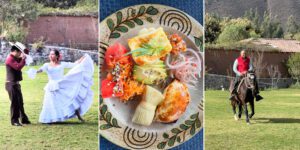
Sol y Luna, Cusco: Paso horses, Mariner’s dancers, and the spectacular backdrop of the Andes mountains set the stage for a captivating, multi-sensory experience. And if you’re fortunate enough to partake in the rare privilege of riding one of their show horses, as I did, it becomes an extraordinary adventure.
Sol y Luna embodies the essence of the ancient Inca civilization. In this rustic sanctuary, Chef Pedro Miguel, celebrated for his innovative contemporary Peruvian cuisine, embraces the rich traditions of Andean culinary heritage seamlessly incorporating the bounty of ancient Incan agrarian techniques. Sol y Luna’s on-site garden field, tended by local farmers using ancient time-honored Incan farming methods, infuses every dish with authentic Andean flavors. I could not get enough of the signature river fish ceviche and their rendition of lomo saltado.
Belo Bar at Tragaluz is the place to see and be seen, with chic and stylish interiors illuminating Peru’s vibrant nightlife

Tragaluz, Lima: An evening spent at Tragaluz, savoring award-winning mixologist Fiorella Larrea’s signature Pisco Sours, was truly priceless. Established in the upscale Miraflores Park, Tragaluz transforms Lima’s nightlife into a vibrant tapestry at the Belo bar.
The chic artistic interiors and captivating murals by Lima’s artist Mateo Liébana make Tragaluz a must-visit in Lima, where being seen is as delightful as seeing. We were lucky to be in the company of Fiorella, a mixology maestro whose knowledge and craft are both enlightening and engaging. As Spirits Hunter rightly notes, “Fiorella Larrea commands the bar of the Tragaluz restaurant in Lima. Having won many international awards, she is an innovative bartender who is always creating new concoctions.
The fun and relaxed ambiance sets the stage for a memorable night. Here, you’ll embark on a culinary journey that beautifully fuses Peruvian, Mediterranean, and Asian influences, promising to delight every palate. Securing the best spots, especially during the high season, is the key to ensuring an outstanding evening.
This is certainly a favorite and has earned its place on our list of the best restaurants in Lima Peru.
Best places to eat in Machu Picchu
Café Inkaterra, Machu Picchu Pueblo: This spacious glass house offers stunning views of the Vilcanota River, creating an intimate setting for travelers to relax. Situated within the Machu Picchu Pueblo Hotel on 12 acres of cloud forest surroundings, the café is nestled under a thatched roof.
Café Inkaterra is known for blending Andean cuisine and architecture, resulting in a contemporary fusion style that emphasizes local ingredients. To begin your dining experience, consider trying a delicious Pisco sour or a warm Cortado coffee.
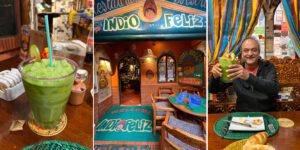
Indio Feliz, Aguas Calientes: Located in the main plaza in the heart of Machu Picchu, this restaurant seamlessly combines French and Peruvian cuisines, earning multiple awards and enduring popularity for decades. Their eclectic décor offers a relaxed yet vibrant atmosphere.
Whether you choose from their à la carte menu or their prix fixe option, don’t miss the warm homemade bread and savory French onion soup as a delightful start. The servings here are generous, ensuring a satisfying dining experience at Indio Feliz.
So, whether you’re a history buff or an adventure enthusiast, 2024 beckons as the ideal year to travel to Machu Picchu. As you chart out your journey, be sure to carve out time for the vibrant experiences of Lima – South America’s undisputed culinary capital. Needless to say, restaurants in Peru are top-ranked on Michelin Guides and Conde Nast Traveler.
[embedyt] https://www.youtube.com/watch?v=EGU86hShkg0[/embedyt]
While trekking remains one of the best ways to inhale the magnificence of Machu Picchu, it’s essential to note that you don’t have to rely solely on your hiking boots to experience these extraordinary archaeological sites. An alternative, and equally captivating approach is to embark on one of the most remarkable train journeys, from Ollantaytambo to Aguas Calientes (aka Machu Picchu Pueblo).
The scenic train ride meanders through the awe-inspiring Andes, where nature’s splendor is on full display. The train journey, with its panoramic vistas and comforts, offers a different perspective and a memorable prelude to the ancient wonders that await.
High in the Andes within the lush embrace of the Peruvian jungle, Machu Picchu stands as the undisputed jewel in Peru’s crown. This UNESCO-World Heritage site is a wonder that leaves travelers awestruck. If you plan to explore the archaeological sites or hike the Inca trail, the best time to visit Machu Picchu is May, June, July, or August, as it rains less frequently and there will be clearer skies.
The Wonders of Machu Picchu
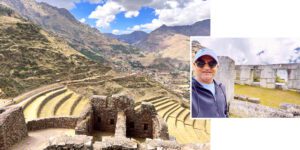
Historians attribute Machu Picchu to Inca King Pachacutec. Believed to have been constructed in the 15th century, it served as a refuge primarily for the Inca aristocracy, remaining hidden from Spanish invaders in the 16th century due to its remote location. The fortress, lodged amidst imposing cliffs and concealed within the lush forest, reflects the Inca’s ingenious foresight.
Despite the challenging topography, the Inca’s architectural brilliance is abundantly evident. Terraced fields for agriculture and imposing stone wall structures formed distinct residential neighborhoods, as well as royal and sacred areas, all within the confines of the mountaintop. These stone structures were meticulously assembled without the use of mortar, yet they were ingeniously engineered to withstand natural disasters, including earthquakes and landslides. Machu Picchu’s near-inaccessible location granted entry to only a select few, underscoring its significance as an important site for Incan rituals and ceremonies.
Over several years, the Inca Empire dedicated substantial efforts to this marvel, which functioned as a vital hub for social, political, and economic activities. Even today, Machu Picchu continues to captivate scholars and visitors alike. Prominent sections of the Machu Picchu citadel include the Temple of the Sun, the Temple of the Three Windows, the Intihuatana, and the Intipunku.
Now that we know the best time to visit Machu Picchu and a bit about its rich history, let’s explore the culinary wonders of this magnificent destination.
Best time to visit Machu Picchu
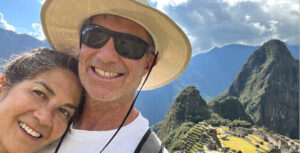
To unlock the full magic of your Machu Picchu adventure, grasp the nuances of the dry season and rainy season, aligning your trip with the best weather conditions. April to October is the driest season but remember it can rain any time of the year in Machu Picchu.
• April & May: The shoulder season months are overall a pleasant time to travel. These months sandwiched between the rainy season and dry season offer warm-to-cool temperatures.
• June, July & August: Dry season. The days are warm, the nights are cool.
• September, October & November: Shoulder season months are between the dry and rainy seasons. Overall pleasant climate with warm-to-cool temperatures.
Finally, don’t forget to secure your entrance ticket to this archaeological wonder well in advance, particularly if you travel in June, July, and August, the busiest months in Machu Picchu. With restricted numbers of visitors allowed entry, tickets must be purchased in advance to avoid disappointment.
Learn more about Harsh Patil and the journeys he curates at www.xplorearth.us/peru-and-machu-picchu-tour/


